First Team-up of Lancaster And Douglas Walks Alone
DIRECTED BY BYRON HASKIN
STREET DATE: JULY 26TH, 2018/KINO LORBER STUDIO CLASSICS
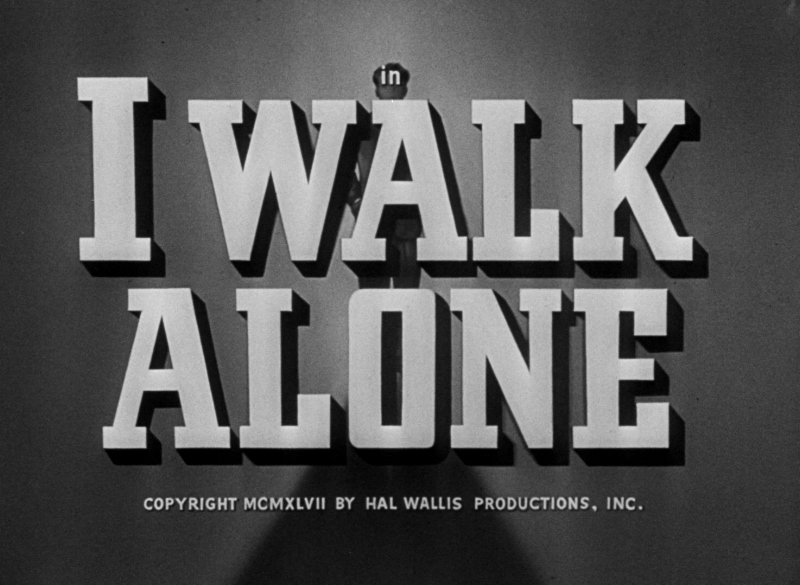
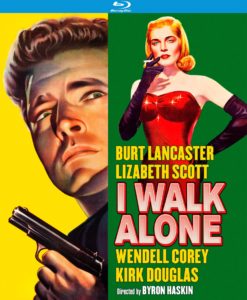 Burt Lancaster’s third feature and Kirk Douglas’s second, the 1947 film noir I Walk Alone is also significant as the first feature (of an eventual seven; through 1986’s Tough Guys) in which the stolid pair of screen stalwarts individually filled the frame at broad shouldered-medium and steel jawed-close views. Embodying different but complementing aspects of postwar masculinity, Lancaster the warmly passionate man of action and Douglas the coolly calculating charmer, the friction and frisson of their respective personalities and physicality made for a rare screen chemistry that was equal parts threatening and seductive. From the Roaring Twenties through the Depression and second World War, the hard lives and harder psychology of film noir protagonists were shown to great contrasting advantage in this first team-up between barrel-chested rivals. Time marches on, but Lancaster and Douglas walk alone.
Burt Lancaster’s third feature and Kirk Douglas’s second, the 1947 film noir I Walk Alone is also significant as the first feature (of an eventual seven; through 1986’s Tough Guys) in which the stolid pair of screen stalwarts individually filled the frame at broad shouldered-medium and steel jawed-close views. Embodying different but complementing aspects of postwar masculinity, Lancaster the warmly passionate man of action and Douglas the coolly calculating charmer, the friction and frisson of their respective personalities and physicality made for a rare screen chemistry that was equal parts threatening and seductive. From the Roaring Twenties through the Depression and second World War, the hard lives and harder psychology of film noir protagonists were shown to great contrasting advantage in this first team-up between barrel-chested rivals. Time marches on, but Lancaster and Douglas walk alone.
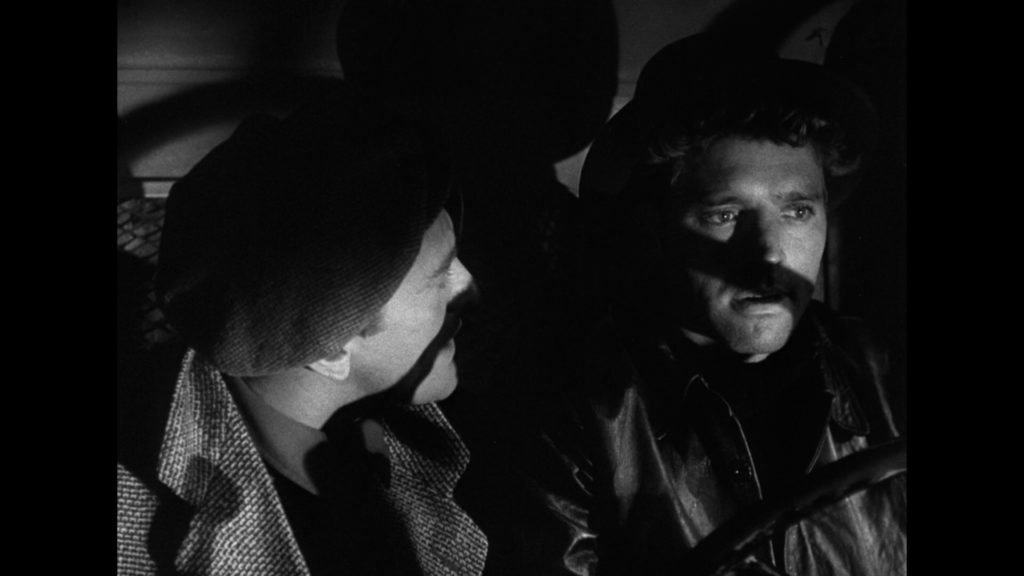
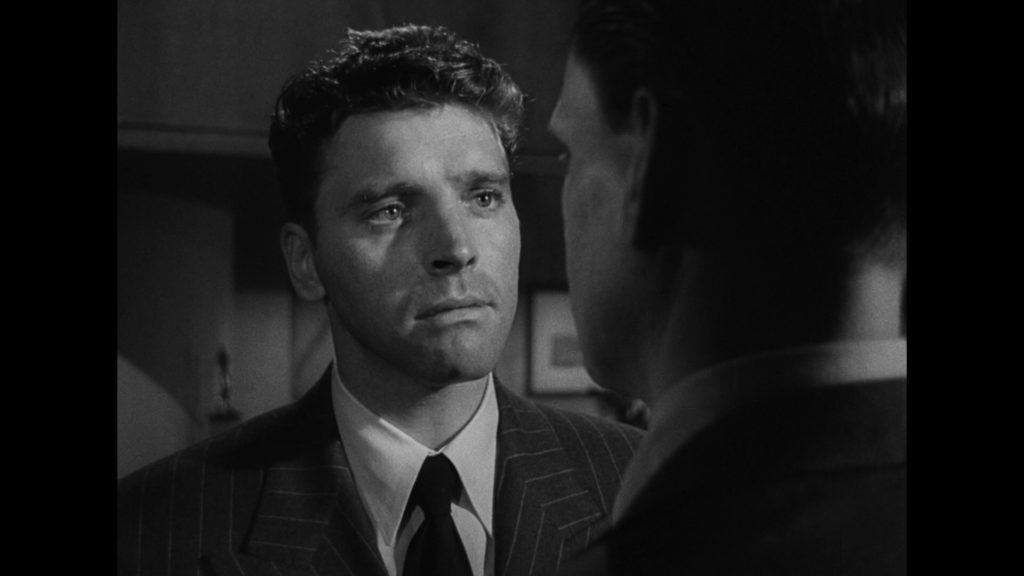
Frankie Madison (Lancaster) is released from prison after serving a 14-year sentence for former bootlegging partner Noll “Dink” Turner (Douglas), who in the intervening period, encompassing Depression-era post-Prohibition and the second World War, has diversified and corporatized their assets into an upscale Manhattan nightspot. Through their go-between Dave (Wendell Corey), a downbeaten, onetime member of Madison’s gang who now acts as Turner’s reluctant bookkeeper, the rivalry between the hard-bitten outcast and ambitious social climber erupts when Frankie attempts to claim his rightful part of Dink’s action. Dink’s initial bid at foiling Frankie’s ambition failing, the torch singer Kay Lawrence (Lizabeth Scott) proving receptive instead of resisting to Frankie’s roughened core of decency, the slow coiling of betrayal and double-crossing continue to form a seemingly inescapable frame-up around our hard-luck hero.
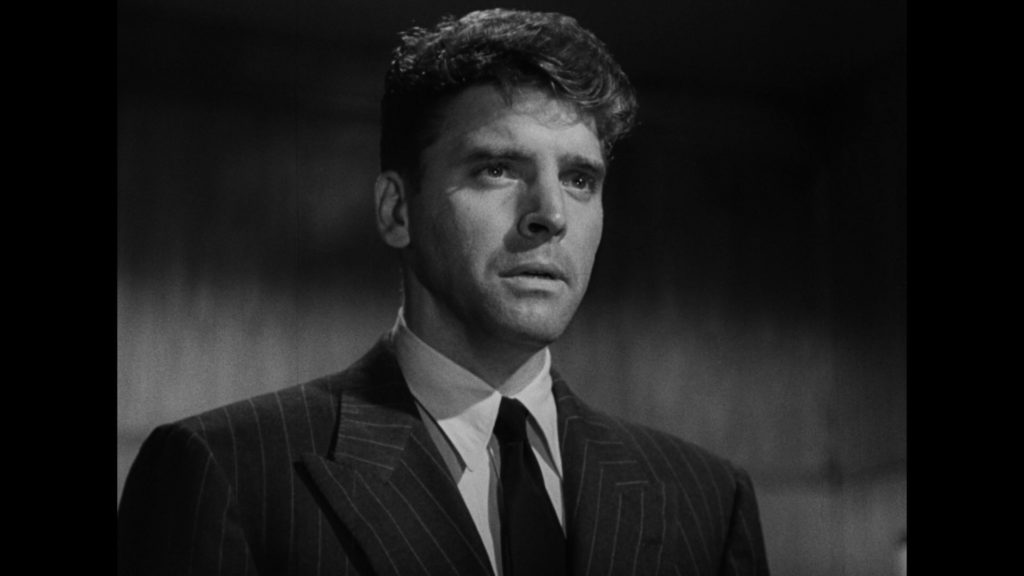

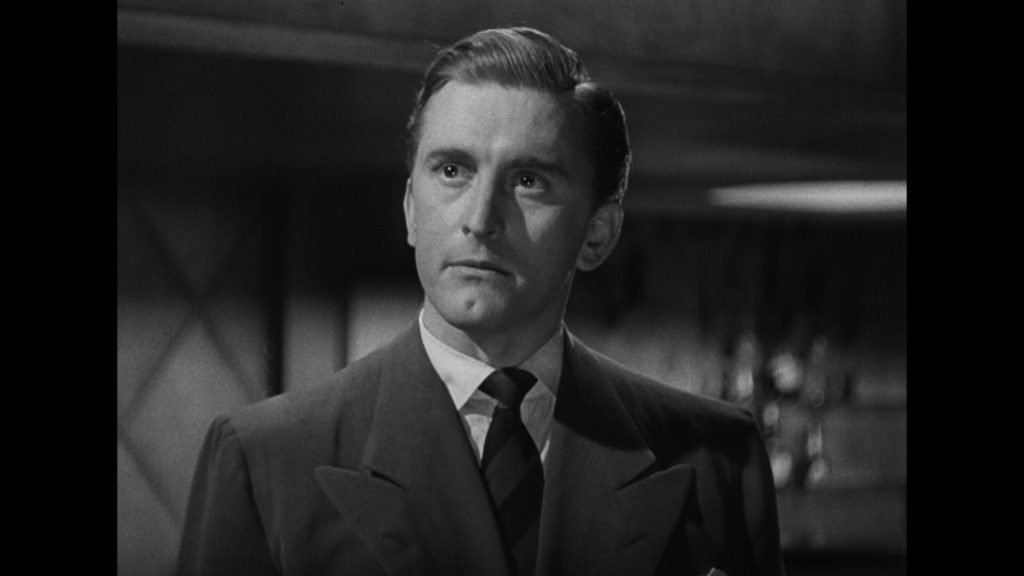
This Greek tragedy of time and those displaced in it has additional resonance when considering the historical context of postwar malaise and disaffection. Like its contemporary The Best Years of Our Lives (1946), in which returning servicemen face the painful challenges of readjusting to civilian life, I Walk Alone dramatizes the feelings of irrelevancy many must have felt stepping back into a world that had since passed them by. With the very cut of his suit out of date, and the tune on his lips from a forgotten hit parade long marched on, Frankie Madison’s lean and upright stride hearkens back to the snap-brim days of running boards and bread lines while Dink Turner’s poised and smooth glide ushers in the new mechanized age of corporate boards and streamlines. Both may walk alone, again, with the latter moving roughshod over the former, but the oddly hopeful dimension to this film noir is the gritty past may reclaim by film’s end on an inhuman-seeming present.
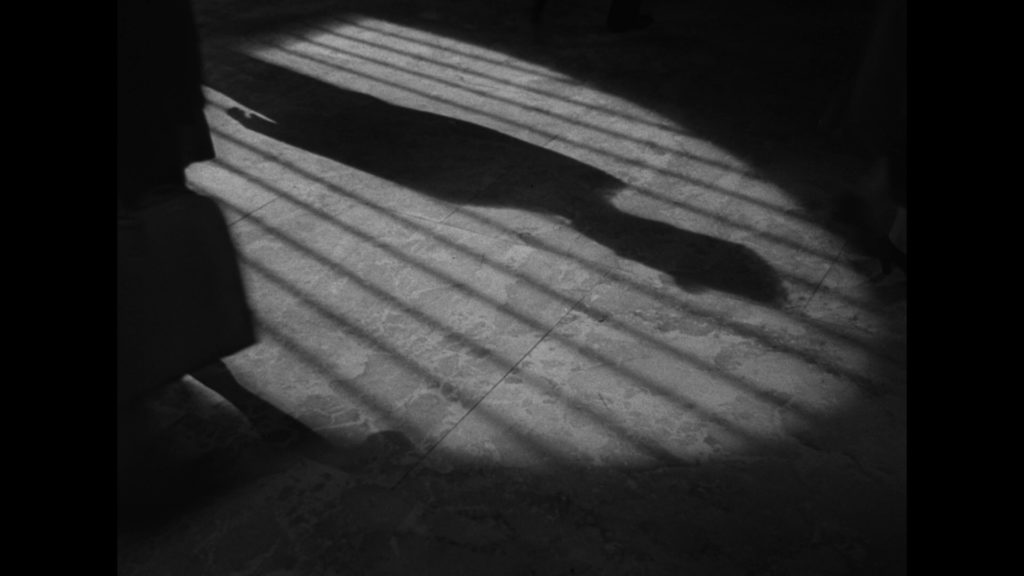
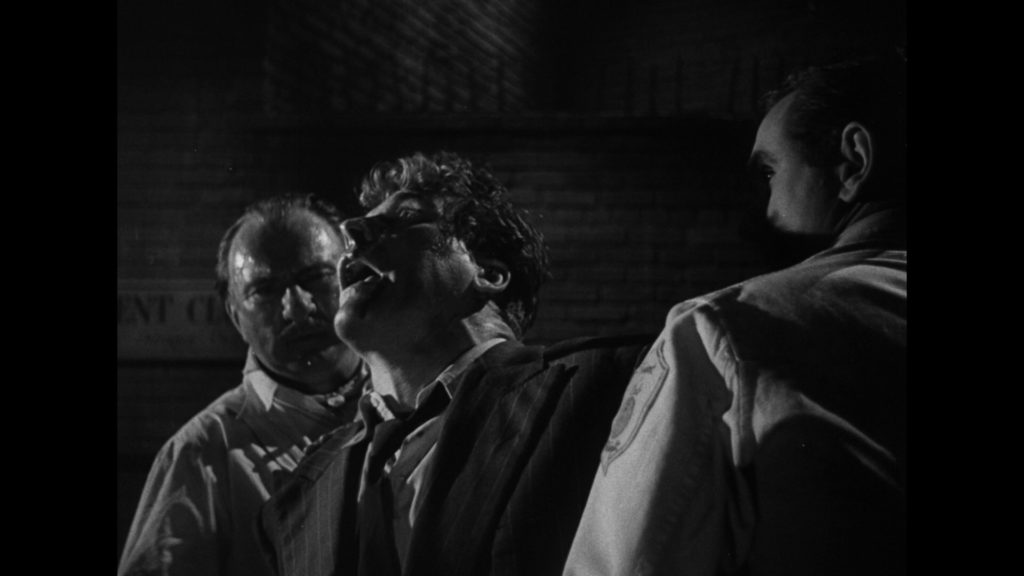
Byron Haskin, a former cinematographer and effects specialist, here returns to the director’s chair after an abbreviated career during the late silent era, and shows a unique stylistic flair for the genre, his three-dimensional visual aesthetic arranging foreground objects and background figures with dramatic depth and visual intrigue. Aided by the light- and shadow-sculpted imagery of cinematographer Leo Tover (who later lensed the film noir Dead Reckoning [‘47] and the sci-fi classic The Day the Earth Stood Still [‘51]), the wide-angle compositions evoke the sinister, overstuffed interiors and the dead-end alleys off dead-of-night streets with equal aplomb. Although Haskins’ later career would mainly encompass science fiction (including 1953’s The War of the Worlds, 1955’s Conquest of Space, and 1964’s Robinson Crusoe on Mars; as well as several episodes of the mid-60s TV series The Outer Limits), his stylish work here is equal to a visually flamboyant genre of filmmaking which is itself more a style than a genre.
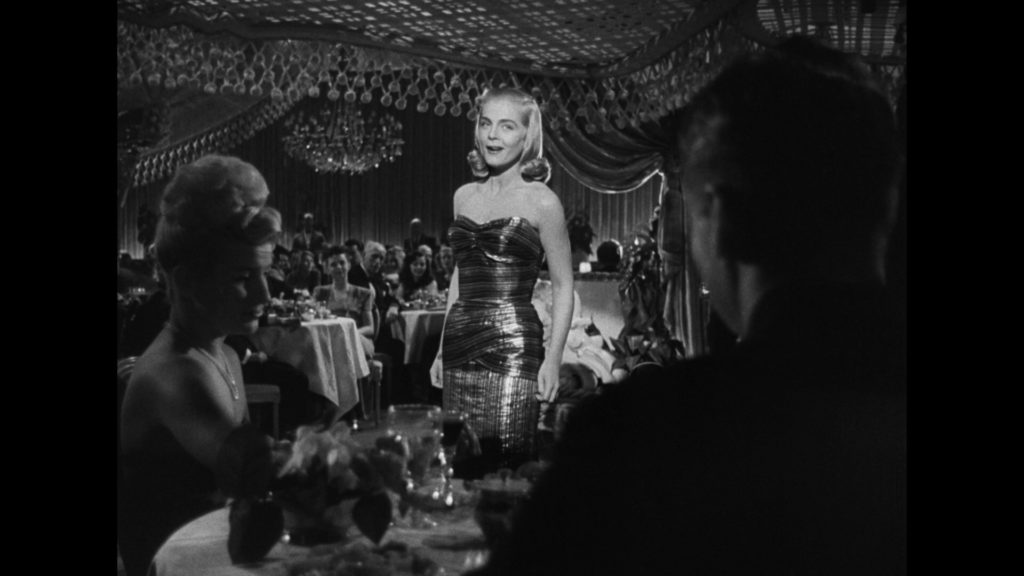
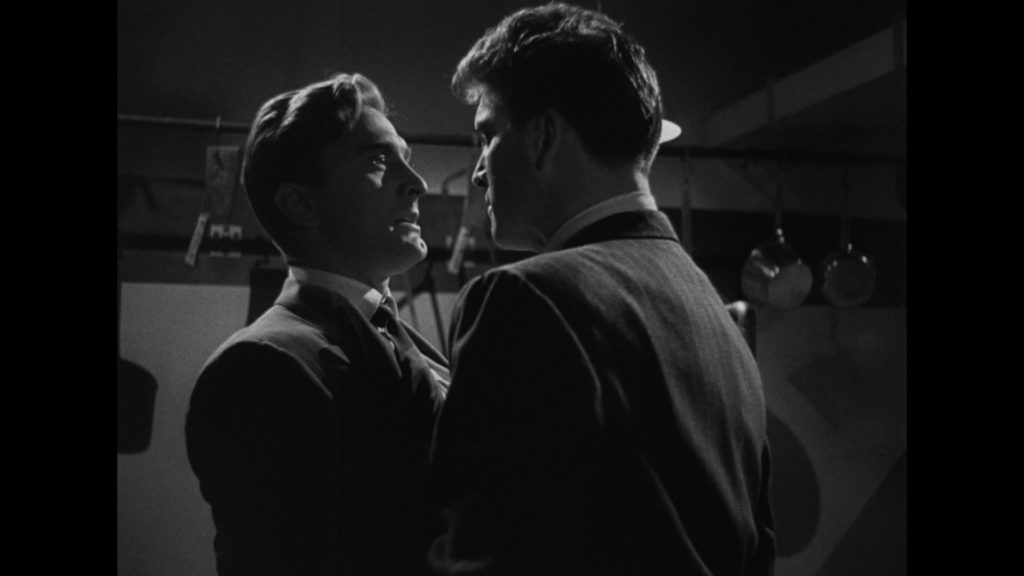
In addition to the combined screen force of Lancaster and Douglas, the latter fourth-billed in his earliest movie pigeon-hole as a suave heavy, the supporting cast assembled by independent producer Hal B. Wallis, who broke from Warner Brothers soon after producing the likes of The Maltese Falcon (’41), Casablanca (’42), and Yankee Doodle Dandy (’42), and later discovered both Lancaster for Desert Fury (shot 1946, released 1947) and Douglas for The Strange Love of Martha Ivers (’46), is equal to the moody script concocted by Charles Schnee and adapted by Robert Smith and John Bright from Theodore Reeves’ 1945 play The Beggars are Coming to Town. The brittle Lizabeth Scott tenderly upsets expectations of the hard-bitten femme fatale as the loyal Kay Lawrence while George Rigaud’s elegant Maurice lends an invaluable air of class as Dink’s slick partner. The granite-faced Mike Mazurki gives his usual master-class in screen thugdom as Dan the doorman, ‘hail fellow, well met’ in his enthusiastic early scene greeting to ol’ pal Frankie and ‘nothing personal, strictly business’ a mere twenty movie minutes later — mercilessly beating same to a bloody pulp in a trash-strewn alley — but the real character actor plaudits, along with an apology, goes to weathered-before-his-time Wendell Corey.
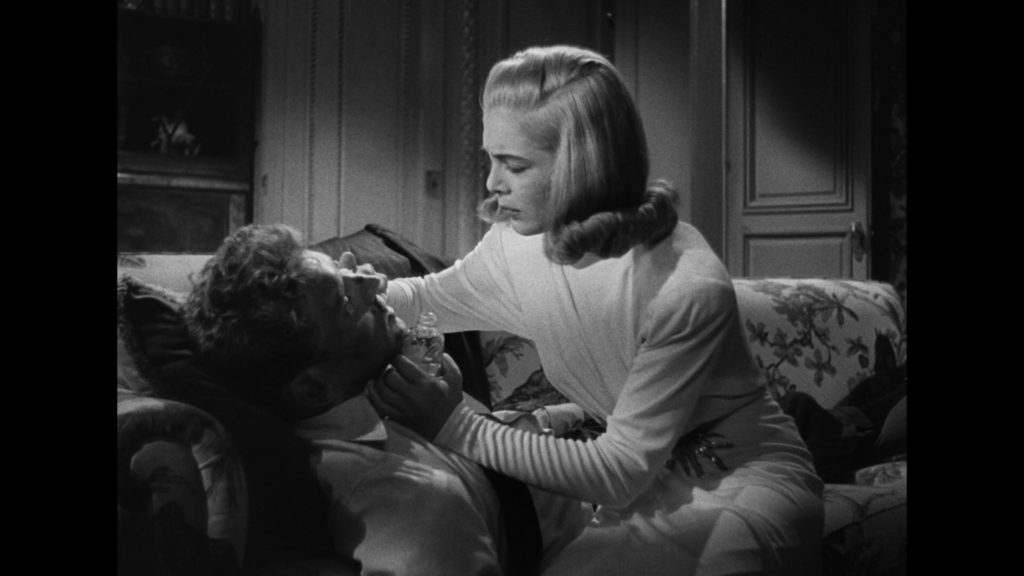
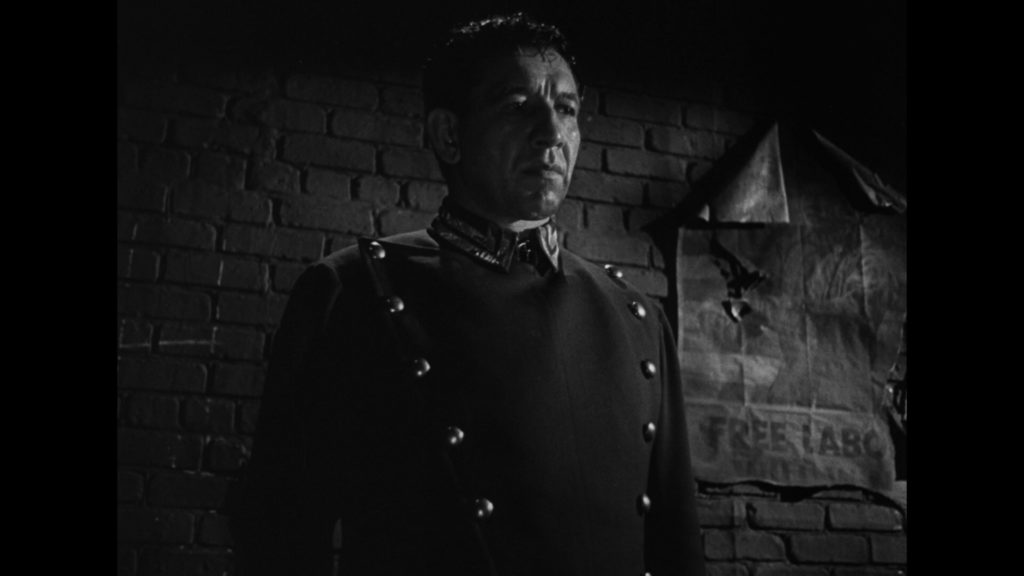
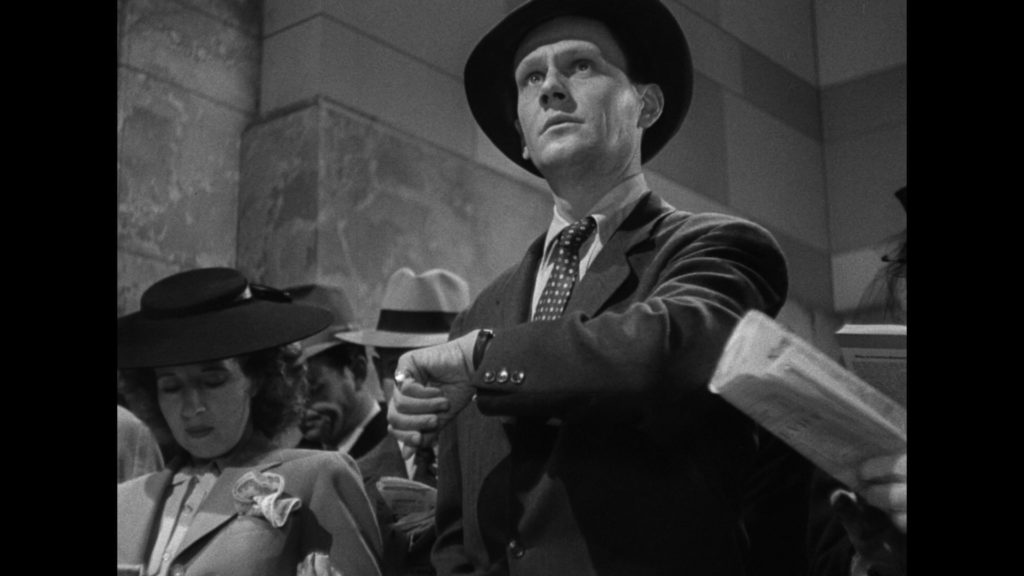
Best known for his later role as James Stewart’s glib and skeptical cop pal in Alfred Hitchcock’s Rear Window (’54), this reviewer must take back a previous dismissal of the actor’s screen ‘absence’ as an “eternal also-ran (deserving only of parenthetical mention)” after back-to-back viewing his role here as the tragic Dave and later as glacial studio hatchet-man Smiley Grogan in Robert Aldrich’s The Big Knife (1955). The touching hollowness I previously mistook for mere emptiness in his eyes here expresses the loneliness, isolation, and tortured conscience of his corruption-colluding character to the point where each glistening bead of flopsweat wiped from his brow suggests a man visually melting away. Lancaster and Douglas may walk alone, still again, but Corey here threatens to dissolve onscreen into a terrifying nothingness.
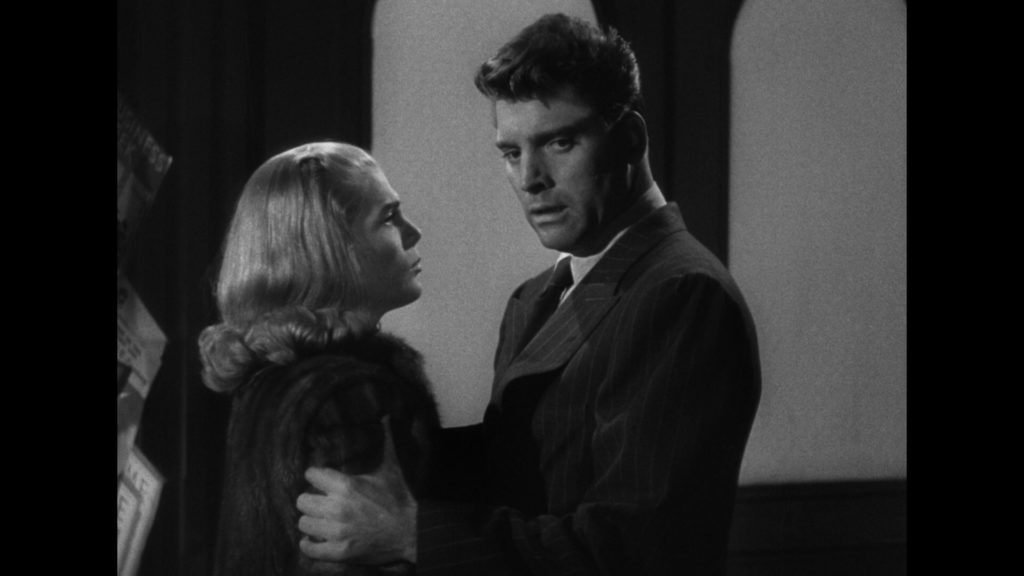
Like the pools of overhead light that shine forlornly on each street corner, I Walk Alone contains some of the genre’s great studio-crafted cityscapes, endlessly stretching to some unknown point in the unperceivable distance. With this 4K scan and digital restoration, Kino Lorber surpass themselves in their visually crisp presentation of this previous rarity on home video. Looming beautifully on a large TV, KL’s Blu-ray comes with a commentary track by writer and film historian Troy Howath, who brings his usual level of wit and scholarship to the explanatory proceedings. In all, the long wait is justified by this admirable showcase of one of the forgotten highlights of the style and genre; one hopes that I Walk Alone finds favor not only with the legions of Lancaster and Douglas fans eager to see where that legend began, but also film noir enthusiasts wishing to appreciate one of its key postwar entries. Seventy-one years later, time’s inexorable pull may reveal in watching, finally, where we all walk alone.
The images used in this review are credited to DVDBeaver and are taken directly from Kino Lorber’s Blu-ray release.

